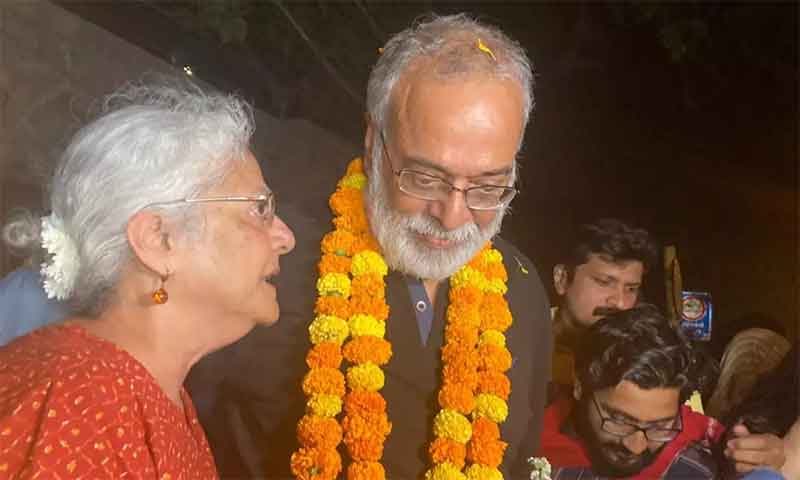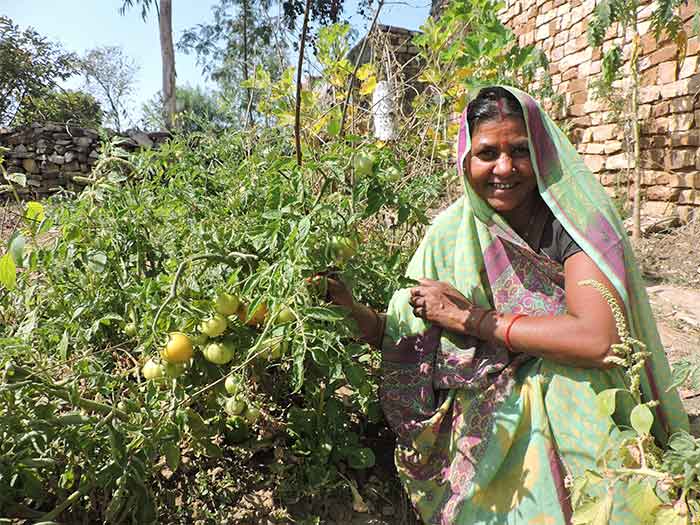
Currently, India stands out at the Global Environment Performance Index due to an enhanced rate of air, water, and land pollution. The emergence of industrialization and urbanization brutally impact the environment around us. The loss of biodiversity due to such constant transformation has become a global concern. Around the world, people have initiated countless measures to promote alternatives to protect the environment.
Contrarily, in many parts of India, indigenous people have inherited the tradition of love and duty of protecting nature through ages. The proponents of the rich traditional knowledge associated customs of intimate contact and a sense of belonging towards their habitat. Indigenous knowledge contributes to biodiversity conservation, maintenance, and restoration of ecosystems, sustainable water management, tropical ecological restoration and management of other resources. Conservation and management of plants and animals is not a new concept for the indigenous communities. Today, in the world full of ecological crisis, it is important for us to understand and encourage such contribution.
There are many ways in which traditional communities are helpers in combating environmental degradation and climate change.
Traditional Agro-Economics
Traditional farming practices are sustainable and innovative. Techniques used for cultivation are economically viable and safeguards land dilapidation. The sustainable lifestyle, local diet, and dependence on rain-fed irrigation have influenced local communities to cultivate and conserve traditional cultivars and landraces. By selecting and conserving the seeds from one season to the next helps conserve the biodiversity and be self-reliant in sustaining. For example, an indigenous community in India uses a mixed cropping system to prevent soil erosion.
Traditional Medicine and HealthCare System
The traditional health care practices involve the usage of the plants, leaves, fruits, mineral, herbs and other resources with healing properties. These practices are holistic in nature and effective as
well. Many of such practices are also considered better than allopathic medicines available in the market with mostly causing side effects after longer usage. Other than the medication in any form, exercises and postures are also included in such a health care system. Instances of usage of such traditional medicines and methods can be explored from many ancient scriptures available in many languages. The easy access to such practices not only helps in health care but continues usage also facilitates in conserving significant biodiversity around.
Conserving Flora and Fauna
The practice of using the leaves of the neem tree as a mosquito repellant and coffee beans produced from a type of an animal are some popular illustrations of handy ways to involve nature into our lifestyles. Other instances like one of the indigenous communities predominantly utilize dry leaves of pine trees to get stable organic production and sustain agro-ecosystem. The womenfolk of this tribe collect the dry leaves of both these trees. Adding on, these communities are involved in protecting animals around the vicinity as part of their customs and practices.
Traditional Methods for the Weather Forecast
Sounds and change in water-flow, the direction of the wind and behavioral change in wildlife are some of the famous methods adopted by traditional communities to predict the time and weather.
Traditional Religious Beliefs
Religious beliefs and practices attached to trees, rivers and sacred groves play a huge role in protecting biodiversity. Religious practices followed by these communities have not only helped in maintaining ecological balance but also conserving the biodiversity. Sacred groves are found all over India especially in regions where indigenous communities reside and are managed by them on traditional and religious grounds. For instance, there are many tribes that consider forestlands, ponds, and lakes to be sacred in nature and are also prohibited for the commons to visit.
Nowadays traditional knowledge systems have been traded with the modern changes in the lifestyles. The displacement of native communities specifically from the forests due to development planning related to the construction of dams, bridges, highways, national parks, railways or due to mining activities have led to the deterioration and extinction of traditional knowledge.
At the same time, there are prominent the patent claims for the usage of neem and turmeric. Such cases of misappropriation confirm the need for stronger legal awareness amongst the traditional communities as well as protection of such invaluable knowledge. Such acts of bio-piracy raise a need to prevent exploitation. In a situation like these, we need to promote these communities and their contribution towards protecting our environment as it is vital to evolve mechanisms so that these systems benefit the community at large
Sweta Lakhani is currently working as a Senior Research Fellow at Jindal Global Law School and Research Fellow at Jindal Institute of Behavioral Science, O.P.Jindal Global University. She has a master’s degree in Intellectual Property Rights from O.P.Jindal Global University, Sonipat and B.Com LL.B (Hons) from Nirma University, Ahmedabad. Her areas of interest include Intellectual Property Rights, Technology law and Environment Law.
SIGN UP FOR COUNTERCURRENTS DAILY NEWS LETTER








































